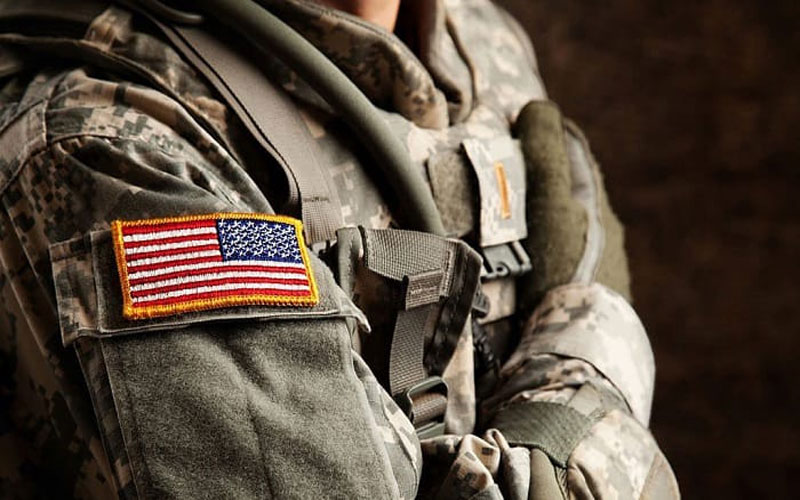
Throughout the ages, soldiers have found many ways to identify themselves on the battlefield. Some have marked their IDs with stickers on knapsacks or scratched them into the soft lead backing of their army belt buckles; others have pinned paper notes with their home address on the back of their coats. Eventually, the military began outfitting soldiers with identity discs—more commonly known as dog tags. These were stamped with a soldier’s name, social security number, blood type, and religion.
Honoring Those Who Have Died
During World War II, military ID tags were nicknamed dog tags because they resembled the metal tag on a dog’s collar. While they may look like simple pieces of jewellery, these pieces of metal are the only way to identify a fallen soldier. In addition to the soldier’s name, the ID tag contains information such as their branch of service, rank, and unit. It also includes a medical history and the soldier’s religion if they list one. Generally, armed forces name plates are worn on the right side of their uniform. However, for those in the Air Force and Space Force who wear the OCP uniform, their cloth name tapes will be pinned on the upper left of their uniform. The ‘NAME’ part of the name tape is written in white block letters, while the ‘U.S COAST GUARD’ is in blue to match their working blue shirt material.
Honoring Those Who Have Made The Ultimate Sacrifice
Anyone who has ever served in the military has seen or worn those metal ovals hung from a chain around their neck. Officially called identification tags, most know them as dog tags. It has been said that the name originated because soldiers at war wrote basic information on paper and pinned it to their uniforms, similar to how dogs wear collars with their names on them. These ID discs identify a soldier’s vital information: name, branch of service, unit designation, blood type, and religious preference. In the past, they also included a soldier’s Social Security number. It helped locate a soldier after an accident or death but made them easy targets for bad actors who could steal their identities. In 2022, the Army changed its ID discs to include hyphens and accent marks to ensure unique names are correctly pronounced. This change will help make them more identifiable and easier to understand.
Honoring Those Who Are Still Alive
During the Civil War, soldiers found no official way to identify themselves on the battlefield. They improvised with various methods of marking themselves, like scratching their names into coins or even the lead backings on their belt buckles. Others took a page from the Spartans, carving their names into chunks of wood they’d wear on strings around their necks. Military ID discs were eventually introduced and later referred to as dog tags. Over time, they included important information such as a soldier’s serial number, blood type, RH factor, and religious preference. Today, most service members are issued a name tag to be worn on their uniforms. Proper etiquette dictates that they should be positioned on the right side of the uniform. It is in contrast to lapel pins and other badges that should be worn on the left.
Honoring Those Who Have Helped Others
Military service members are courageous and dedicated to serving their country. They put their lives on the line daily to protect us and the people we love. They are also incredibly generous. They often give back through donations to organizations that help them and their fellow soldiers. One of those organizations is Honoring the Sacrifice Foundation. At a 2023 American Heroes Dinner, Israel Del Toro shared his story about how the organization came beside him in his time of need and helped him thrive post-injury.
Known as dog tags, military identification tags have long been used by soldiers to identify themselves if they died on the battlefield. Initially, the tags included the soldier’s social security number, blood type, and religion. They were worn on a chain around the neck. The name tag was eventually changed to include the name and branch of service, and a second aluminium tag was required to be kept with the body and given to a person in charge of the burial service.







